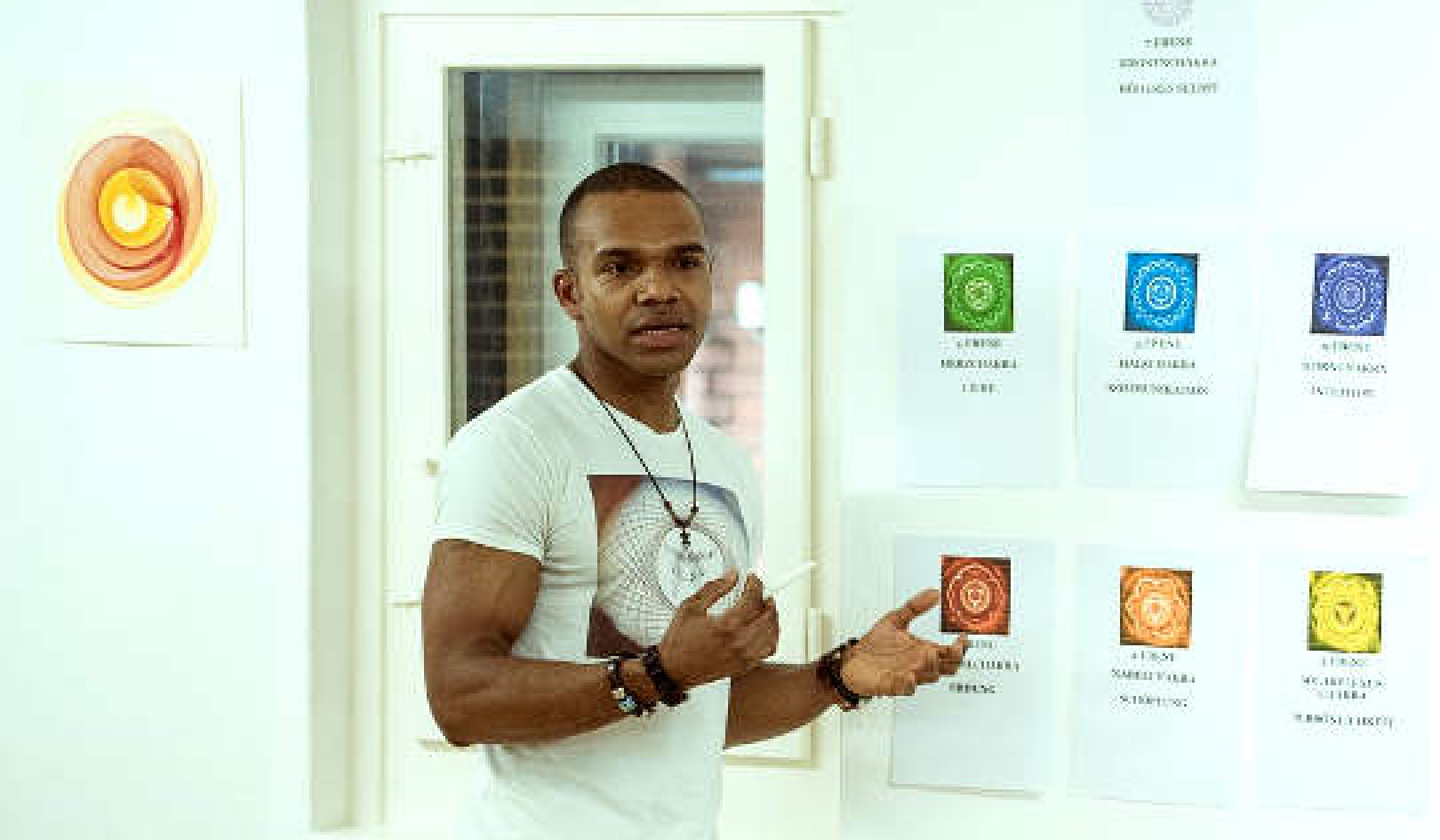
How many people have been taught how to pray, the value of prayer, or the power of prayer? Were you? And I am not talking about reciting prayers by rote that you were taught as a child. Reciting prayers from memory with little to no thought, feeling, and energy behind the prayer may not yield the desired communion with God.
Prayer is our personal conversation with God. With the appropriate respect, you can pray, or talk to God, in the same way you would a dear friend. You should feel comfortable, when talking with God, to use the name for God that has the most meaning to you.
Also, please understand that it would be an error to assume that if your prayer does not immediately manifest in the exact way you thought it might, that you were not heard. Just have faith that God knows best how to answer your prayer.
How to Pray
I am not going to provide you with a Top 10 List of Prayers to remember and recite. Instead, I’ll be offering you a framework for prayer and a few examples as an illustration of this framework.
1. Show Gratitude
When praying, we can begin by showing gratitude. In giving thanks for those things in our lives that we are grateful for, we are in a sense sending reinforcement to God and the universe that these things — be they health, peace of mind, family, friendship, gifts, talents, our occupation or whatever — are appreciated.
If you are asking for something in your prayer — be it health, peace of mind, forgiveness, guidance in a matter, increased faith, hope, courage, increased acceptance, abundance — strive by willing your intention to be at-one with the Higher Self. After showing sincere gratitude, you can move on the next step.
2. Pray for Others First
Praying for others first takes us above and outside of the “I, me, and mine” of our own little worlds and connects us with other parts of the whole in sacred unity.
Praying for others first could come in the form of prayers for healing and prayers for guidance, protection, and strength, asking that these be directed toward those who are in need.
Some folks keep a “prayer list” of the names of those in their lives who are in need. Praying for others can go beyond any single individual, and may include communities, groups of people, or even whole nations of people.
When we view the practice of praying for others first through the light of our sacred unity with all life, we can recognize that praying for others has an effect on us, too, as we are a part of the same whole.
3. Pray in the Positive, Present Tense
In The Gospel of Mark (11:24) we read:
Therefore I say to you, Anything you pray for and ask, believe that you will receive it, and it will be done for you.
We can interpret this passage as meaning that if we pray with words, yet in our heart we don’t believe that the fulfillment of the prayer is possible, or that we don’t deserve it, then the belief in our heart will interfere with the fulfillment of the prayer.
Always state what it is that you are asking in terms that assume that what you’re asking for has already been fulfilled.
Here’s an example of the framework of a prayer using the positive, present tense. Let’s say you have a friend who is sick and you are praying for her. Your prayer could sound like:
Father/Mother God, I come before you to ask for and to thank you for providing healing and restoring health to my friend (name of friend). I know that it is within your power to do this in perfect ways and under grace. Nevertheless not my will, but thy will be done. Amen.
Always hold the outcome you are asking for in your mind, during your prayer. Do not be concerned about the process or methodology of how it will happen, just have the faith that in perfect ways (which only God knows) your prayer will be fulfilled. During the prayer above, you would also hold a picture in your mind of your friend already healed and in perfect health. See the outcome for which you are asking.
Here’s another example. Say that you’re faced with a difficult situation in your family or your job. Your prayer may sound like:
God, thank you for providing me with the courage, strength, and wisdom to successfully resolve this issue of [state specific problem/challenge]. I ask for your guidance and intervention in perfect ways and under grace. Nevertheless not my will, but thy will be done. Amen.
Notice in these two examples that you are thanking God for a positive experience as if it has already taken place. Praying in the positive, present tense helps us to avoid praying for something to happen that we don’t want to happen. We do not pray for what we don’t want, we pray for positive outcomes.
Additionally, I encourage you to not use the word “want” in your prayer. If you say, “I want a better job” or “I want this pain to go away,” you’ll get exactly what you asked for: a state of “wanting.”
Step-by-Step Prayer Framework for Effective Prayer
A step-by-step prayer framework for effective prayer could look like this.
1. Show gratitude
2. Pray for others first
3. Pray in the positive, present tense (state your request as if the request has already been fulfilled)
4. Ask for the request to be made “in perfect ways and under grace”
5. Recognize that God sees a much larger (infinite vs. finite) view of creation and life than we do, so add: “Nevertheless not my will, but thy will be done”
6. Say, “Amen. So be it.”
©2011 by Michael Jones. All Rights Reserved.
Reprinted with permission of the publisher,
SpiritSource Publishing. www.MichaelKJones.net
Article Source
 The Seven Victories of the Divine Child: Claiming Your Divine Inheritance
The Seven Victories of the Divine Child: Claiming Your Divine Inheritance
by Michael Jones.
Click here for more info or to order this book on Amazon.
About the Author
 Michael Jones has been involved in individual and group self-development, leadership, and coaching for over twenty-five years. He is an ordained Spiritualist minister and founding member of Spirit Source, an organization dedicated to providing spiritual guidance to those on a path of self-discovery. Michael writes, teaches classes, and hosts workshops on a variety of spiritual topics. You can visit his website at: www.MichaelKJones.net
Michael Jones has been involved in individual and group self-development, leadership, and coaching for over twenty-five years. He is an ordained Spiritualist minister and founding member of Spirit Source, an organization dedicated to providing spiritual guidance to those on a path of self-discovery. Michael writes, teaches classes, and hosts workshops on a variety of spiritual topics. You can visit his website at: www.MichaelKJones.net



























